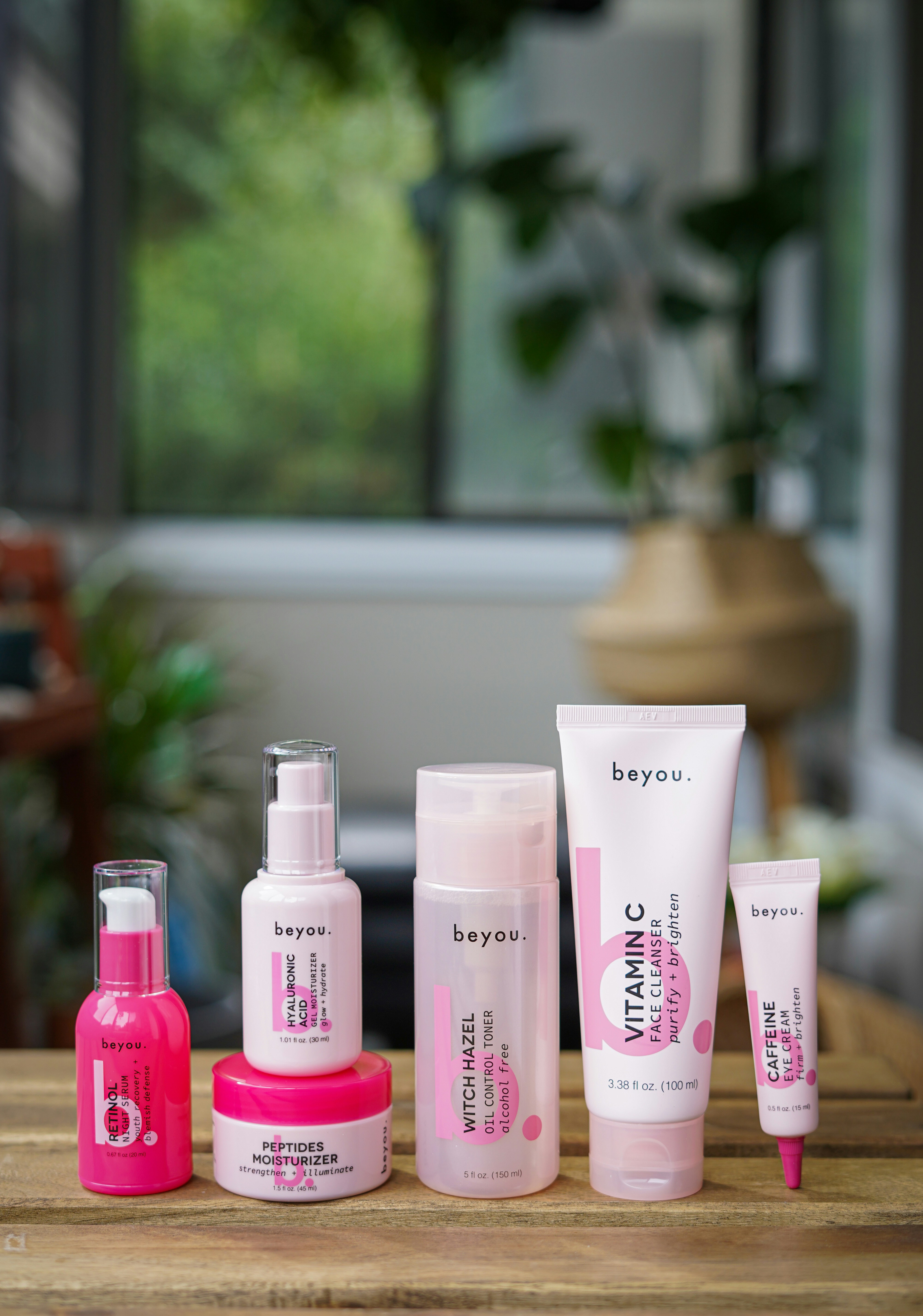
image source :by alexandra-tran on Unsplash
The outer packaging of cosmetics plays a vital role in attracting consumers and conveying brand image. The process of creating these packages involves several steps, from custom molding to assembly.
In this article, we will delve into the detailed process of cosmetic outer packaging processing, including injection molding, surface coloring, customization of logos and patterns.
Step 1: Custom Mold
The first step in making cosmetic packaging is customizing the mold. This involves designing and creating the molds used to produce packaging. Molds are typically made from materials such as steel or aluminum and are designed to the precise specifications of the required packaging.
This step is crucial, laying the foundation for the entire production process and ensuring that the packaging is accurately formed and meets design requirements.
Step 2: Injection Molding
After the mold customization is completed, the next step is injection molding. The process involves injecting molten plastic or other material into a mold to form the shape of the package. Injection molding is a high-precision, efficient packaging manufacturing method that can achieve complex shapes and intricate details consistently and accurately.
This step is crucial in creating cosmetic packaging as it ensures that the final product meets the required specifications and quality standards.
Step 3: Surface Coloring
After the packaging is injection molded, the next step is surface coloring. This involves painting the packaging to achieve the desired aesthetic. Surface coloring can be achieved by various methods such as spray painting, hot stamping or printing.
The choice of coloring method depends on the design requirements and the type of material used in the packaging. Surface coloring is a critical step as it enhances the visual appeal of the packaging and contributes to the overall branding and marketing of the cosmetic product.
Step 4: Customize Logo and Graphics
Logo and graphics on custom cosmetic packaging are an important part of the production process. This step involves applying the brand logo and any specific patterns or designs to the packaging.
This can be achieved through techniques such as embossing, debossing or printing. Custom logos and graphics add a unique, personal touch to packaging, helping to differentiate your brand and leave a memorable impression on consumers.
Step 5: Assembly
The final step in the cosmetic packaging production process is assembly. This involves putting together the individual components of the package, such as the lid, base and any additional features. Assembly may also include adding inserts, labels, or other elements to complete the package.
This step is critical to ensure that the packaging is functional, ready for use, and ready for retail display.
Production process of cosmetic outer packaging involves several detailed steps from custom molding to assembly. Each step plays a vital role in ensuring that the final packaging meets the required specifications and quality standards.
By understanding the intricacies of this process, cosmetic brands can effectively create packaging that not only protects and preserves their products, but also engages consumers with its visual appeal and branding.
Post time: Aug-07-2024
